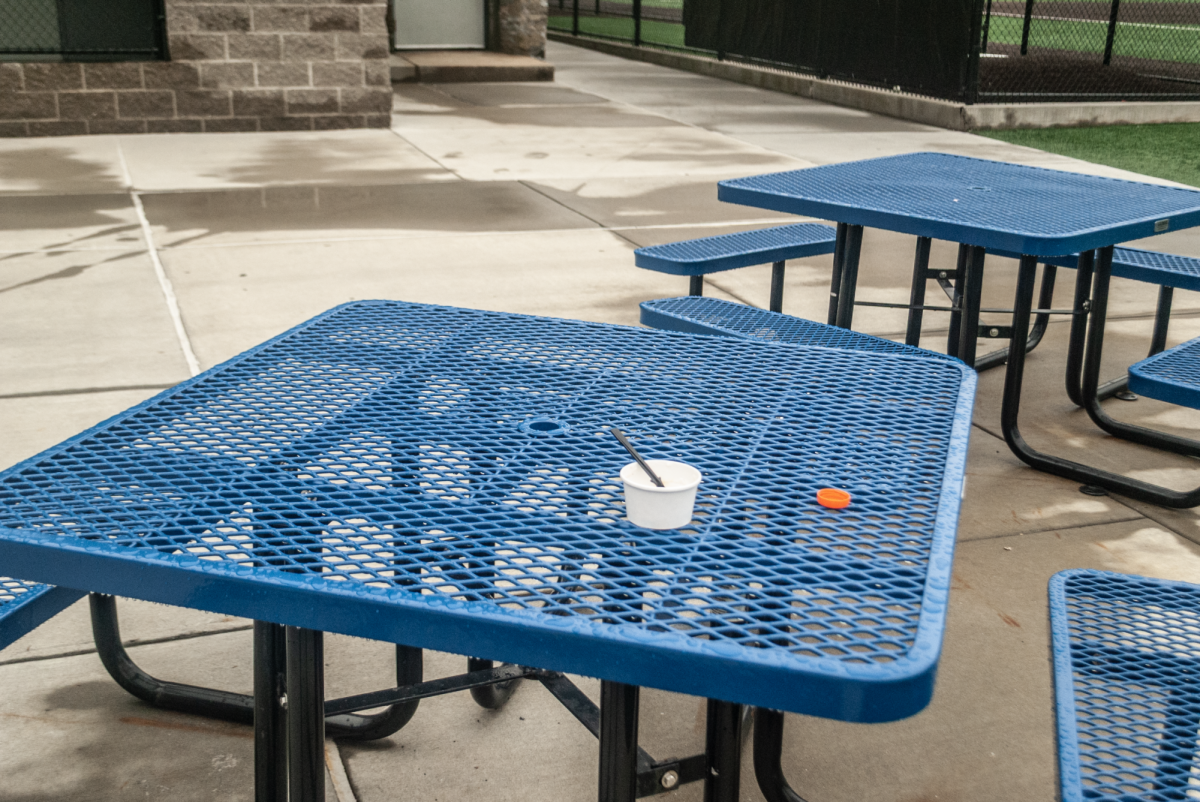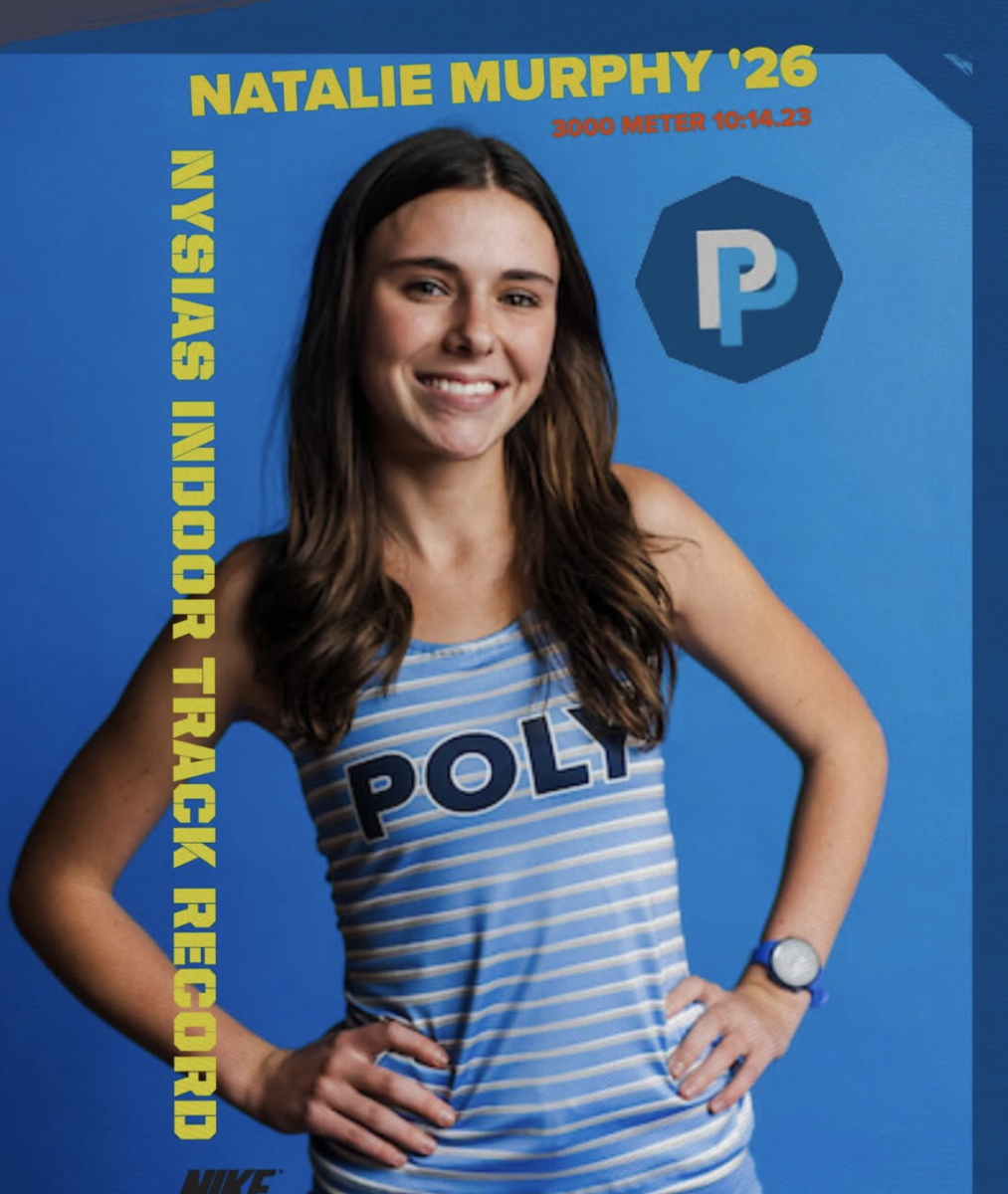 Grades are already a source of stress for many high schoolers, especially with the looming pressure of college and our future. At Poly Prep, the inability to check our grades adds to that anxiety. There have been many times where either a classmate or myself received a disappointing grade and wanted to check how much it impacted our overall average — only to realize we couldn’t.
Grades are already a source of stress for many high schoolers, especially with the looming pressure of college and our future. At Poly Prep, the inability to check our grades adds to that anxiety. There have been many times where either a classmate or myself received a disappointing grade and wanted to check how much it impacted our overall average — only to realize we couldn’t.
Students should be able to monitor their grades regularly. Knowing where we stand helps us see what needs improvement and encourages us to continue working hard. “One of the positive things that comes with an open gradebook is that students have more ownership over their education…It gives students more autonomy over their grades,” said High School Teacher Ms. Morgan in an interview with The Catalyst, the student newspaper at Ransom Everglades School in Florida.
Currently, Poly students can only see grades four times a year: in two progress reports and at the end of each semester. These reports are first shared with parents on Parent Portal and later uploaded for students’ access via Veracross. Each includes a list of classes, teachers, and a running grade, along with brief teacher-written narratives summarizing strengths and areas for growth.
One might argue that the constant access to grades would raise student stress levels. “You guys would be hyper anxious, even more so than you already are. Students should be able to calculate their grade at any time…ideally a student’s grade at any point in time should not be a mystery to them,” said Head of Upper School Sarah Bates. Despite this, some components of our grade remain unclear, such as participation or academic habits.
You might wonder: why not just ask your teacher to see your grade? Although some are very happy and open to share your grade, others don’t want to. Other times, it’s hard to find time to ask or go over your grade with them. Or your teacher hasn’t finished grading something, and it’s not in the grade book. So when you check your progress report, it can be disappointing to see a grade you aren’t too happy with, especially after stressing out just to ask your teacher about it. Now the stress takes over because you’re thinking about which assignment is dragging your grade down the most.
Consistent access to a gradebook would also help students communicate with their teachers. It would encourage students to reach out to their teachers to clarify how they can improve or how they can maintain their positive learning experiences. It can also improve students’ relationships with their parents. Some parents might worry or be unaware of how their child is doing in school, especially if their child doesn’t open up to them about their grades. “An open gradebook provides an opportunity for students and their families to have ongoing, informed conversations about progress, rather than reacting to surprises at the end of the term,” according to the National Association of Independent Schools.
Given how stressful grades already are for students, some argue that having constant access to them will only make matters worse. Won’t students obsessively refresh the page, watching every point change? The truth is, students will always be anxious about grades, no matter what the situation is. If anything, even more stress is added with not knowing our current grades. “When students have access to their gradebooks, they become more accountable for their academic performance. They can track their progress, identify areas of improvement, and set goals accordingly,” according to SchoolAnalytix, an education company.
In the future, there will be many benefits if we shift to a system that allows students to see a running gradebook. Instead of releasing grades four times a year, grades should be accessed whenever students or parents want, either on Google Classroom or Veracross. Even if teachers haven’t updated the gradebook after a recent assessment, students would be less stressed overall and would be able to communicate with teachers more productively.

























